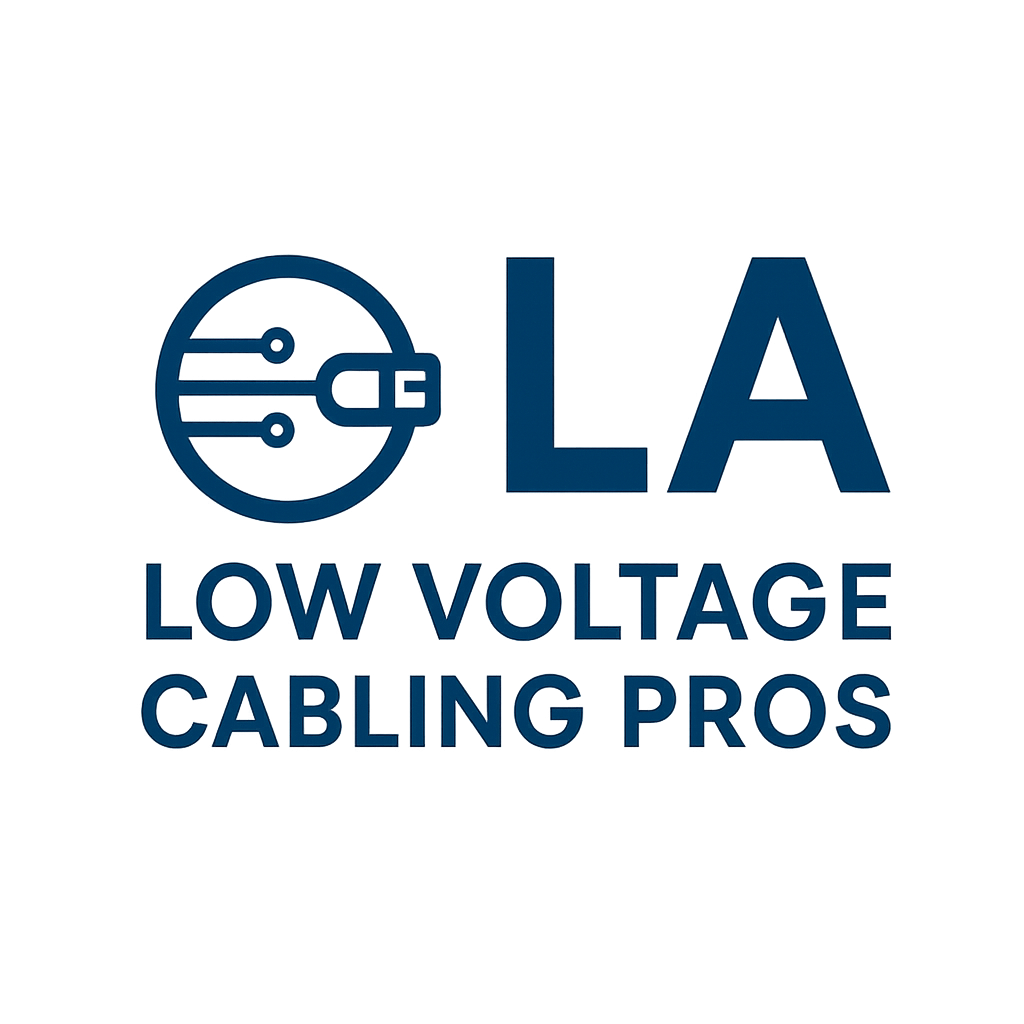Cabling Solutions for Data Centers: Building the Backbone of Modern Connectivity
When it comes to keeping your servers and systems performing at their best, choosing the right cabling solutions for data centers is critical. A well-designed cabling infrastructure ensures smooth data transfer, minimal downtime, and flexibility for future expansion. Whether you operate a large enterprise facility or a smaller co-location site, your cabling system forms the backbone of your entire network. Our team of Los Angeles low voltage cabling professionals designs and installs structured cabling systems built for speed, efficiency, and scalability.
Why Data Center Cabling Matters
Data centers handle massive amounts of data every second. From cloud computing and streaming to enterprise applications, every digital task relies on reliable cabling. The cabling infrastructure connects servers, switches, routers, and storage systems — ensuring they communicate quickly and securely.
Poorly planned cabling can lead to signal interference, cooling inefficiency, and costly downtime. That’s why professional cabling design and installation is essential to support high-speed performance and long-term reliability.
Types of Cabling Solutions Used in Data Centers
Every data center setup is unique, but most rely on a combination of fiber optic and copper cabling to achieve maximum efficiency.
1. Fiber Optic Cabling
Fiber optics are ideal for high-speed data transfer across longer distances. They’re immune to electromagnetic interference and can support bandwidths far beyond what copper can handle. Common fiber types include:
- Single-mode fiber (SMF) – Perfect for long-distance connections between data halls or buildings.
- Multimode fiber (MMF) – Great for shorter runs within a single facility, offering speeds up to 100 Gbps.
2. Copper Cabling (CAT6 / CAT6A / CAT7)
Copper cables remain popular for shorter connections within server racks.
- CAT6 and CAT6A support Gigabit and 10-Gigabit speeds with minimal interference.
- CAT7 adds extra shielding for enhanced performance and crosstalk reduction.
3. Structured Cabling Systems
Structured cabling organizes cables into standardized layouts, simplifying management and upgrades. This system separates backbone, horizontal, and patch cabling — making maintenance easier and preventing network congestion.
Benefits of Professional Cabling in Data Centers
Investing in expert data center cabling installation delivers measurable long-term benefits:
- Improved performance – Optimized for speed and minimal latency.
- Simplified maintenance – Clear labeling and organized layouts reduce troubleshooting time.
- Better airflow and cooling – Clean cable routing prevents hotspots and improves efficiency.
- Scalability – Easy to upgrade as your equipment and bandwidth needs grow.
- Reliability – Tested and certified connections reduce the risk of downtime.
When every second counts, a well-engineered cabling system keeps your operation running 24/7.
Key Design Considerations for Data Center Cabling
Building a high-performing data center involves more than just installing cables. Planning and precision are everything. Here are key design factors professionals focus on:
- Cable Pathways and Routing – Use overhead trays or under-floor conduits to optimize space and airflow.
- Segregation of Power and Data – Prevent interference and ensure safety compliance.
- Redundancy and Failover Paths – Dual cabling routes minimize risk during maintenance or outages.
- Labeling and Documentation – Follow TIA-606 standards for traceability and easy management.
- Testing and Certification – Verify each link meets performance benchmarks before going live.
These practices ensure that your data center operates efficiently and can scale smoothly with future technology demands.
Fiber vs. Copper: Which Is Right for Your Data Center?
Both cabling types serve important roles:
- Fiber is best for backbone connections requiring high speed and long distances.
- Copper is ideal for short-range device interconnects within racks or small rooms.
Most modern facilities use a hybrid cabling approach, combining both to balance performance and cost-effectiveness.
Why Work with Certified Data Center Cabling Professionals
Data centers are complex environments that demand precision. Partnering with certified cabling experts ensures your project meets both technical standards and regulatory requirements.
Certified installers:
- Follow ANSI/TIA and BICSI standards.
- Use premium components rated for high-density environments.
- Design systems for efficient airflow, scalability, and redundancy.
- Provide test reports and documentation for compliance and warranty coverage.
Choosing professionals guarantees not just connectivity — but reliability, safety, and long-term performance.
Upgrading to Future-Ready Cabling
With increasing demand for cloud computing, 5G, and edge data centers, future-proofing your cabling is more important than ever. Upgrades like Cat6A, Cat8, or OM4 fiber ensure compatibility with next-generation equipment and bandwidth requirements.
If your infrastructure is aging or you’re planning a new build, consider modern structured cabling designed for speed, efficiency, and flexibility. The same high-performance setup used in data centers can also be applied to industrial environments. Learn more about our cabling services for warehouses and how they ensure seamless network performance in large spaces.
Build a Stronger Network Foundation Today
Your data center’s success depends on the strength of its cabling infrastructure. From design and installation to testing and maintenance, professional cabling solutions give your business the performance and reliability it needs to thrive in today’s digital world.
Contact your local data center cabling experts today to explore options tailored to your facility’s unique needs and scale confidently into the future.
